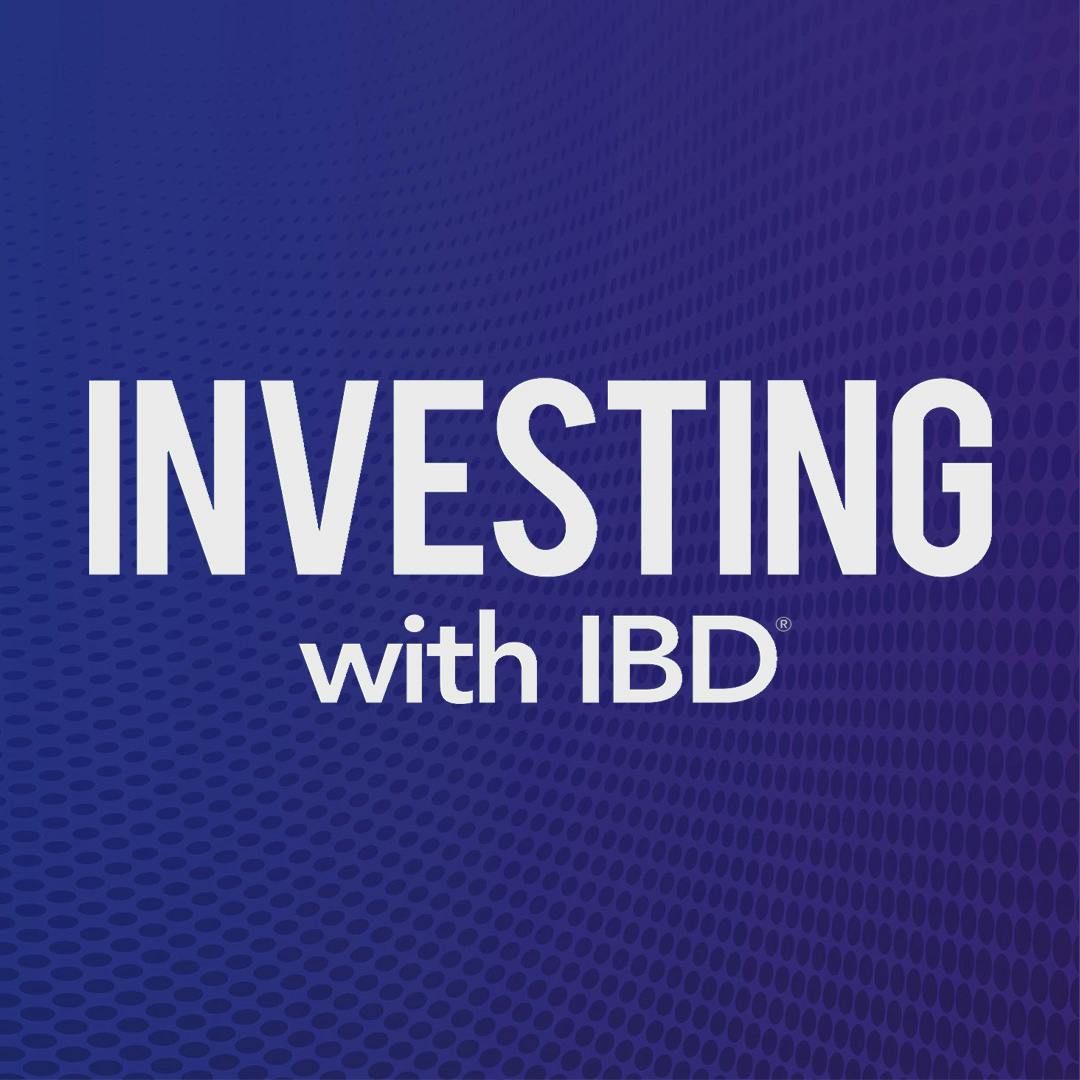
Ep. 293 Taking Out Emotion: How This Investment Advisor Applies The IBD Methodology In Trading

Investing With IBD
Deep Dive
Why is it important to have a smooth equity curve in investing?
A smooth equity curve, like driving from Arizona to Maine without detours, helps preserve capital and avoids significant drawdowns, which are crucial as retirement approaches.
What is the significance of the 200-day moving average in Don Vandenbord's strategy?
The 200-day moving average is a key indicator for identifying bear markets, which all occur below this level. Staying above it helps avoid major drawdowns and protects capital.
How does Don Vandenbord manage risk in his portfolio?
Don uses a combination of stop-loss rules, pyramiding, and monitoring balance at risk to manage risk. He also adjusts position sizes based on volatility and market conditions to avoid panic selling.
What is the Grotection gauge, and how does it work?
The Grotection gauge is a tool that monitors the market across three timeframes (21-day, 50-day, and 200-day moving averages) and checks if leading stocks are cooperating. It provides a quick visual of market trends and portfolio positioning.
How does Don Vandenbord handle earnings reports in his strategy?
Don calculates the expected market maker move for earnings and adjusts position sizes to ensure no more than 1% of the portfolio is at risk in case of a negative earnings reaction.
What is Revere Volatility Adjusted Beta (RVAB), and why is it important?
RVAB adjusts traditional beta by incorporating average true range (ATR) to better reflect the true volatility of individual stocks. This helps in sizing positions appropriately and managing risk more effectively.
How does Don Vandenbord use ETFs in his portfolio?
Don uses ETFs, particularly leveraged ones, to gain exposure to the S&P 500 while avoiding single stock risk. This allows him to focus on outperforming growth names when the market is favorable.
What is the balance at risk calculation, and how does it help in managing portfolios?
Balance at risk calculates the maximum downside risk if all stops were hit. It helps in setting realistic expectations and controlling risk, ensuring that the portfolio stays within a manageable drawdown range.
How does Don Vandenbord handle fast market rotations?
Don focuses on the S&P 500 as a foundation and combines it with active management of individual growth stocks. This approach helps navigate fast rotations and sector shifts without getting shaken out of positions.
What is the significance of the low of the gap-up day in Don's trading strategy?
The low of the gap-up day serves as a key support level. Historically, stocks that gap up on strong news rarely break below this level, making it a reliable entry point and stop-loss level.
- Importance of taking emotion out of investing
- The impact of bear markets and the difficulty of recovering from significant drawdowns
- The importance of capital preservation, especially as retirement approaches
Shownotes Transcript
Imagine looking at a map of the U.S. and taking a drive starting in Arizona and ending in Maine. That’s what you want your equity curve to look like: smooth as possible, with no detours. Don Vandenbord, chief investment officer of Revere Asset Management, joins Investor’s Business Daily’s “Investing with IBD” podcast to discuss rules to get out, and rules to stay in even when scared. Take emotion out of your investing and stay the course.
Learn more about your ad choices. Visit megaphone.fm/adchoices)